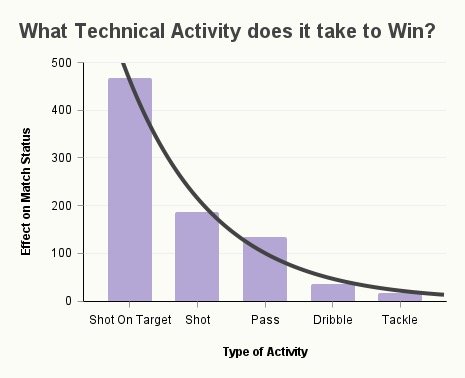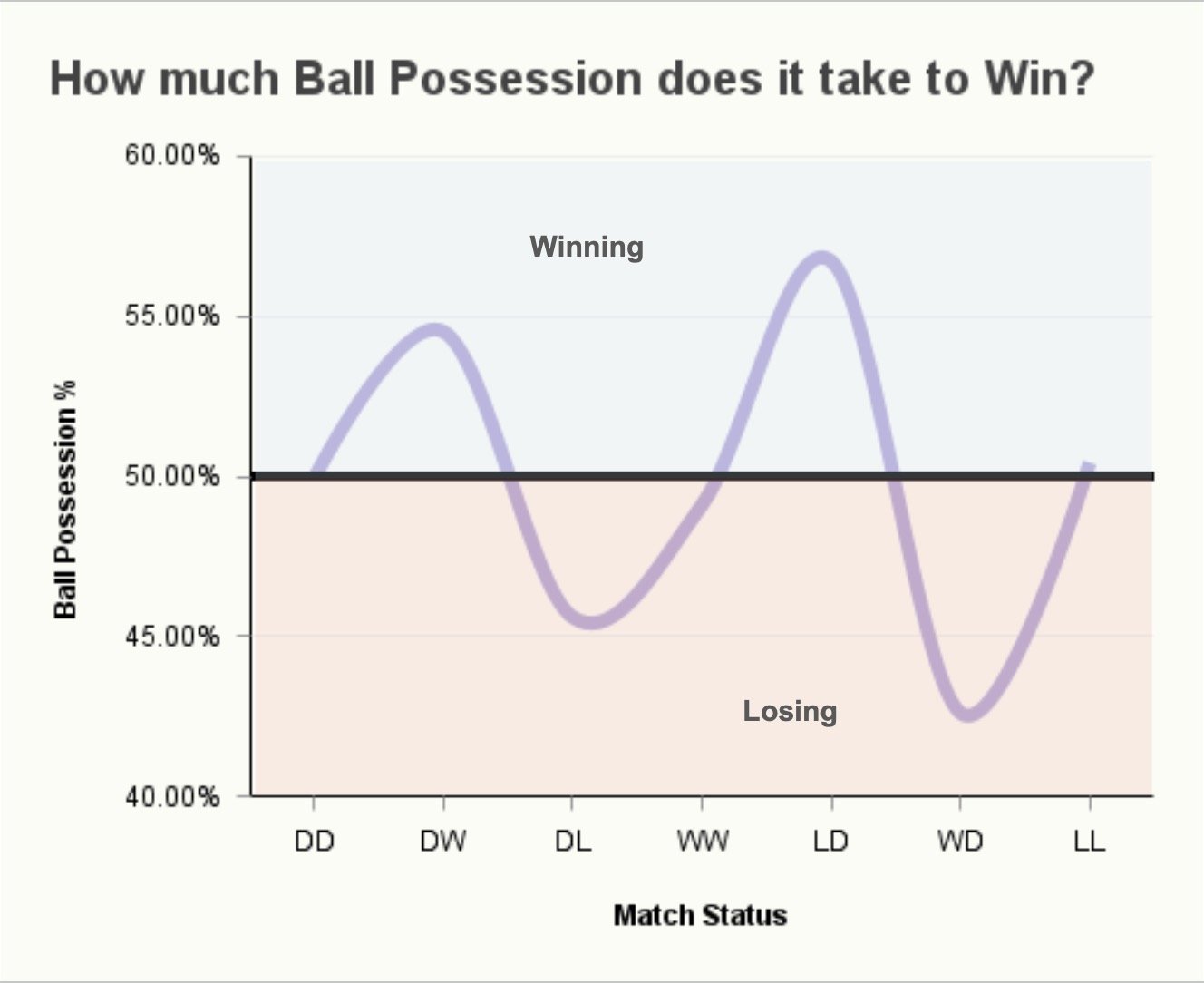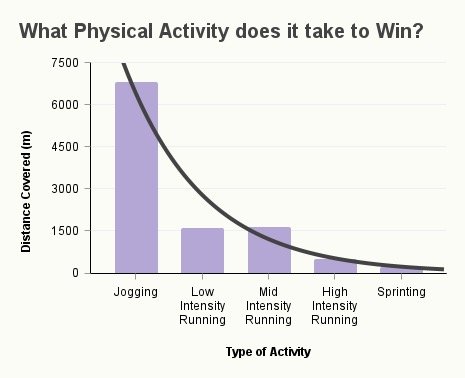What does it take to make a winning play?
By: Fernando Valenzuela
Winning isn’t about luck. Winning takes place on purpose.
A winning team outplays the opposition at intervals of ball possession.
Before, we spoke about the vital position and team tactics, which sustain the game play conditions that afford success. Those leadership efforts still need top level guidance. Any tactical action should have a strategic aim.
In this article, we focus on the subtle yet overarching Performance Strategies that guide the play-making that scores goals and wins. Strategy is what drives the winning performance of a player and a team.
Opportunities that arise during Match Play
To start, let’s continue to assume open play, for the same reason that it’s when the majority of goals occur. With that said, I will point out that Match Play in soccer consists of competition under continuous time.
Continuous time means that the game progresses without a time limit on actions or a shot clock. This is important because it is the context that establishes the way that teams play against each other.
Pro Tip
A few situations may also affect (1) the way a team plays. Here’s a list:
Match outcome: the scoreline.
Quality of opposition: the standings or ranking.
Match location: the home advantage.
The effects of these situations are typically used in training.
Finding the situational effects and putting them into practice so teams are prepared to play in specific conditions will be discussed in a future article.
Deep breaths, focus, and Engagement
Soccer competition is unique. Without the pressure of a ticking shot clock, teams have more freedom to set the rhythm of the game. Naturally, players don’t have to rush, instead they can control.
As a result, soccer is the lowest-scoring (2) major team sport in the world.
This implies that there are only a handful of chances for a team to score, and even then it’s not easy nor guaranteed that a team will create those chances. Here strategy becomes relevant, to make every chance count.
Basically, Performance Strategies are the way for teams to direct their play-making and score goals.
For the way to happen, player performance must be 3 qualities:
Impactful.
Powerful.
Masterful.
The key challenge is to perform the high quality technical activities that end in a win.
Figure 1. Relationship between technical activity (3) and winning
To solve that challenge, players must be ready to engage consistently in what matters most.
Sudden changes in Rhythm
The way to score varies.
Yet most scoring happens close to the goal.
Generally, this means that a team must play into goal-scoring areas. Where a player scores from is a sign of skill, and shows the team’s style of play.
Here, a team’s identity becomes apparent, and another aspect of strategy comes into play.
Performance Strategy that is Adaptive enables teams to adjust their play-making and score goals.
To adapt well, team performance must be 2 qualities:
Synchronized.
Syncopated.
The challenge now is to reshape the flow of technical activity with dynamic possession intervals.
Figure 2. Relationship between possession (4) and winning (5)
To excel, teams must be mobile enough to spontaneously alternate between styles of play, overwhelming the opponent.
The BOLD response
In this article, we looked at goal-scoring chances that arise during match play. We also explored Adaptive Performance Strategies as ways to make those chances count.
But we are not done yet. There is one last detail to consider that completes our strategy and encourages a winning play.
That detail is the agility of individual players.
Each player has unique skills, priorities, and temperaments. Most importantly, each player has a unique capacity (7) to run and recover. A great coach understands this capacity. She knows how much her team is able to move. She knows how much intensity they can give.
Still, players must be directed to perform essential strategic activity. Each must make her run as best she can, at the right pace, to prove the true skill of the team.
Figure 3. Relationship between physical activity (8) and winning (9)
The core principle, for the squad to be agile together, is to make the plays that score goals.
In the end, the way to win is to have a strategy. For strategy to work well, it must be creative, resilient, and unique.
Notes
Fernández-Navarro, J. Analysis of styles of play in soccer and their effectiveness (2018).
According to European and international competition data, about 80% of matches end with a combined score of less than 4 goals.
Konefal, M. et al. What frequency of technical activity is needed to improve results? New approach to analysis of match status in professional soccer. Int. J. Environ. Res. Public Health 16, 2233 (2019).
Ibid.
Konefal, M., Radzimiński, L., Chmura, J. et al. The seven phases of match status differentiate the running performance of soccer players in UEFA Champions League. Sci Rep 13, 6675 (2023).
The blood oxygen level dependent (BOLD) effect is a microvascular change in blood flow that occurs because of fluctuating metabolic needs of active neurons engaged in a task.
Aerobic capacity refers to the maximum amount of oxygen the body can use during physical activity.
Lago-Peñas, C. The role of situational variables in analysing physical performance in soccer. J. Hum. Kinet. 35, 89–95 (2012).
Moalla, W. et al. Association of physical and technical activities with partial match status in a soccer professional team. J. Strength Cond. Res 32(6), 1708–1714 (2018).



